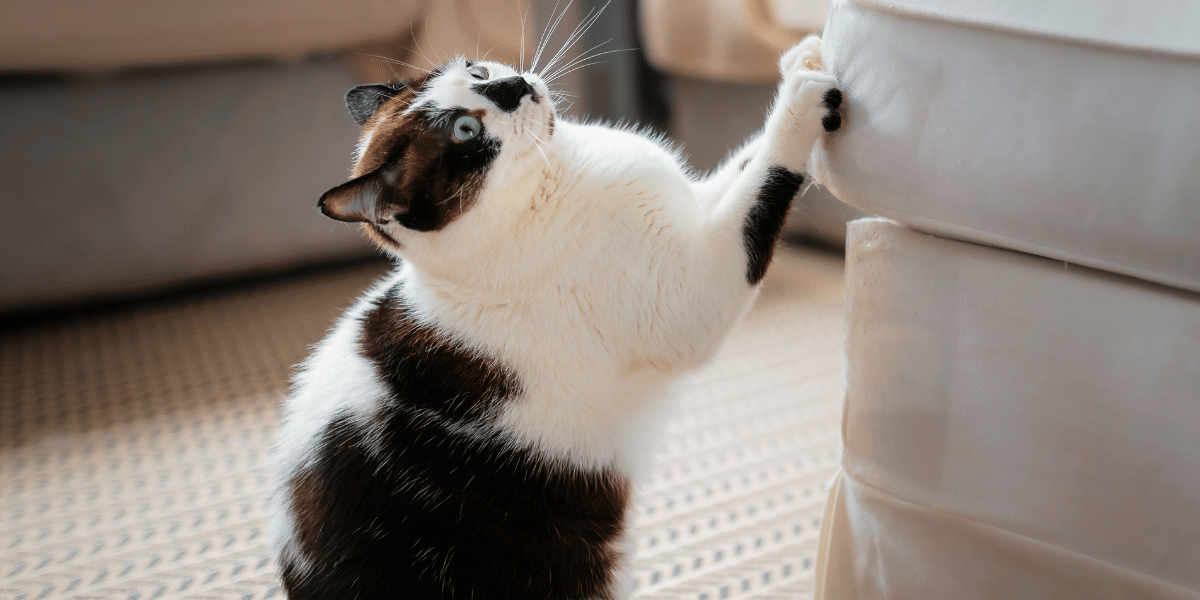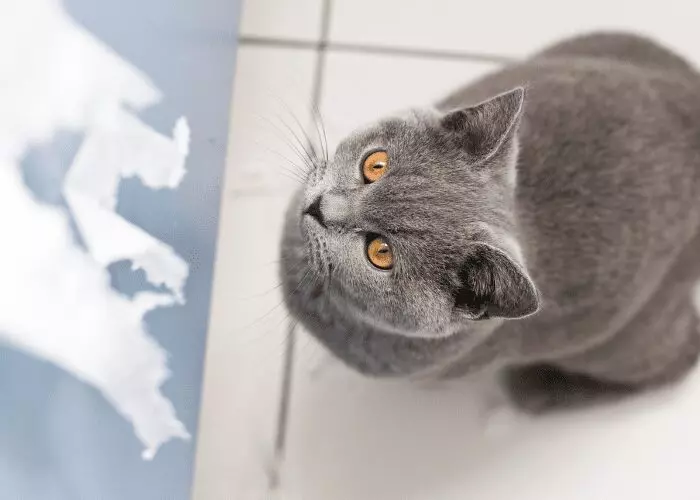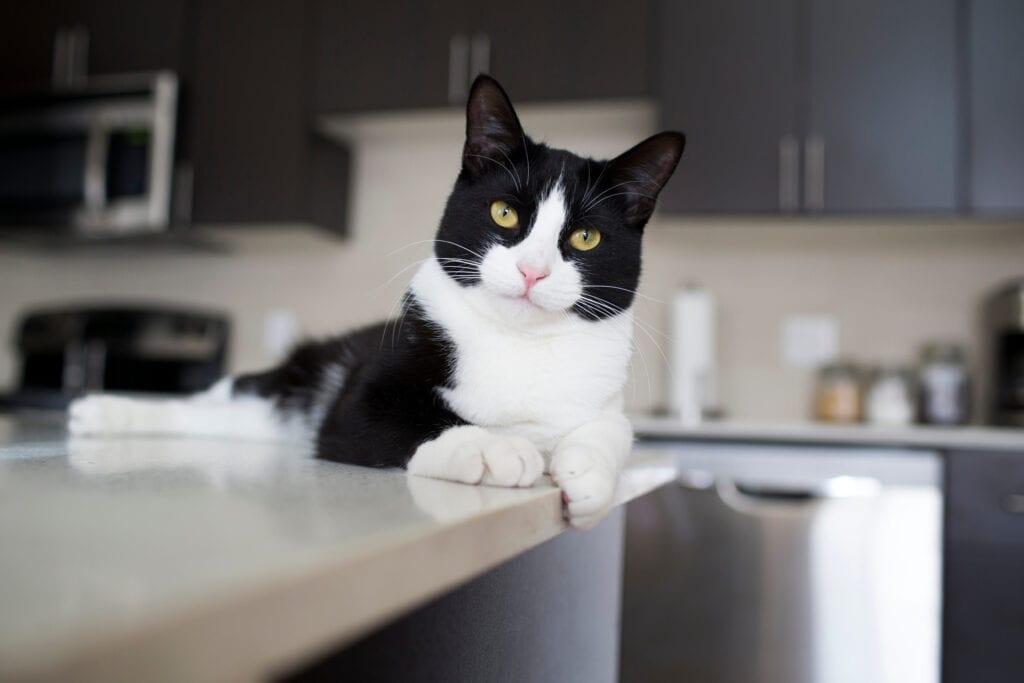Cats are known for their curious and playful nature, but sometimes, their behavior can become destructive. From tearing up toilet paper to climbing curtains and knocking items off countertops, these actions can be frustrating for pet owners. Understanding why cats exhibit these behaviors and how to manage them can help create a harmonious home environment.
Why Do Cats Exhibit Destructive Behavior?
Destructive behavior is most commonly seen in kittens and juvenile cats under one year old. Unlike their older counterparts, young cats are still exploring their environment and learning how to interact with their surroundings.
- Instinctual Behavior: Cats have a natural urge to scratch, climb, and chew. These actions are essential for their physical and mental well-being.
- Lack of Stimulation: Cats need mental and physical stimulation. If they don’t get enough playtime, they may entertain themselves in ways that seem destructive.
- Territorial Marking: Some behaviors, like scratching, help cats mark their territory. This is a natural instinct that allows them to feel secure in their environment.
- Attention-Seeking: If a cat learns that knocking things over gets a reaction from their owner, they may repeat the behavior for attention.
How to Manage and Reduce Destructive Behavior
To reduce or eliminate destructive behavior, provide your cat with alternatives and positive reinforcement.
Provide Proper Stimulation
Ensuring your cat has enough physical and mental exercise can significantly reduce destructive tendencies. Consider these options:
- Cat Trees: Offering a designated climbing space can prevent cats from using curtains or furniture. Cat trees come in a variety of sizes and styles to suit your home.
- Toys: Interactive toys keep cats engaged. Laser pointers, feather wands, and puzzle feeders can help redirect their energy.
- Scratching Posts: Since scratching is a natural behavior, provide scratching posts or pads to satisfy their needs.
- Leash Training: Taking your cat for walks in a harness can help burn excess energy and satisfy their curiosity.
Training and Positive Reinforcement
Cats can be trained with patience and consistency. Use these methods to curb destructive habits:
- Redirect Attention: If your cat jumps on counters, call them away and reward them when they listen.
- Use a Spray Bottle: A light mist of water (if used sparingly) can help deter unwanted behavior. However, ensure it does not create fear or stress in your cat.
- Pheromone Diffusers: Products like Feliway can help reduce stress-related destructive behavior by mimicking natural calming pheromones.
Preventing Access to Destructive Opportunities
Being proactive can minimize temptation and prevent damage.
- Secure Valuables: Keep fragile items and essential objects out of reach.
- Use Double-Sided Tape: Placing tape on furniture edges can discourage scratching.
- Give Them Their Own Space: Providing cozy areas with cat perches or beds can make them less likely to explore unwanted areas.
Will They Outgrow Destructive Behavior?
Most kittens exhibit high-energy behaviors as they learn about the world. This phase usually peaks within the first year and gradually decreases as they mature. However, reinforcing good behavior during this time is crucial for long-term habits.
When to Consult a Veterinarian
If your cat exhibits extreme destructive behavior despite positive reinforcement and proper stimulation, there may be underlying medical or behavioral issues. Consulting a veterinarian or feline behaviorist can provide additional insights and recommendations.
Final Thoughts
Destructive behavior in cats is a common phase, especially in kittens, but with training, stimulation, and patience, most cats learn appropriate behaviors. Understanding their needs and providing the right environment helps foster a happy, well-adjusted pet.










Facebook Comments